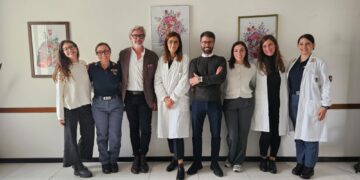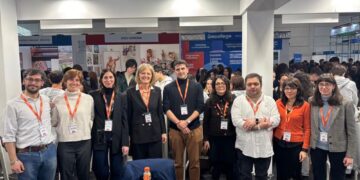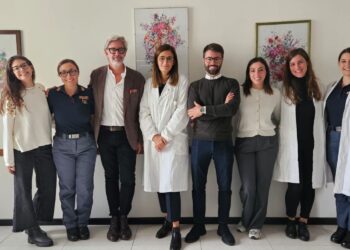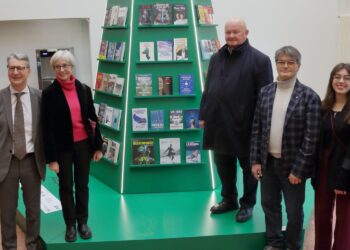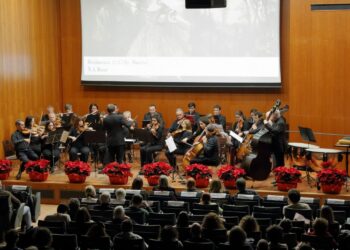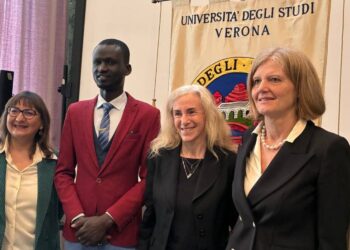Maintaining physical distance has proved to be one of the most effective measures in containing the Covid-19 outbreak, which is why monitoring compliance with this precautionary measure is becoming essential to prevent further contagion while minimising restrictions on the movement of people. In this context, a new challenge for artificial intelligence is Visual Social Distancing (VSD), defined as the automatic estimation of the inter-personal distance from an image, and the characterisation of the related people aggregations. The Visual Social Distancing (VSD) problem is the subject of a study conducted by a team of researchers from Istituto Italiano di Tecnologia (Italian Institute of Technology), the University of Verona and the University of Glasgow, together with Humatics, a university spin-off company of the University of Verona specialised in machine learning systems.
The study ‘The visual social distancing problem’, published in the scientific journal ‘IEEE Access’, outlines for the first time the path that research in the field of computer vision should follow to develop tools able to provide support in monitoring compliance with social distancing measures.
In the study, the Visual Social Distancing problem is introduced for the first time as a fundamental measure for non-invasive and privacy-friendly monitoring of social distancing and for statistical assessment of the level of risk in specific areas, such as airport boarding areas, supermarket checkouts, ATMs.
Developing technologies able to support us in understanding the dynamics related to gatherings or movements of people in public and private spaces, to modify these in a targeted way and allow the free movement of citizens minimising health risks, has become crucial. Research efforts will thus be directed towards the implementation of systems that are able to understand the social context and the specific situation and provide an effective tool for maintaining social distancing measures capable of identifying only potentially dangerous situations, avoiding false alarms while respecting the privacy of individuals.
“Our study highlights how it is not enough to create a system that measures the geometric distance between people” explains Alessio Del Bue, researcher at Istituto Italiano di Tecnologia (Italian Institute of Technology) and co-author of the study. “It is essential that the monitoring technology is able to understand the social context and produce alerts only in case of real danger”.
“The distance between people may vary with different parameters, such as the use of personal protective equipment – e.g. face masks, protective screens, etc. – but also in the case of elderly or disabled people requiring assistance” says Marco Cristani, co-author of the study, professor of Information Processing Systems from the Department of Computer Science at the University of Verona and co-founder of the spin-off company Humatics.
Although based on a fairly comprehensive taxonomy of the different types of gatherings, the artificial intelligence systems used to date to monitor social distancing measures are still approximate when the scene to be monitored includes many people with different social relationships.
By addressing the technological problem identified for the first time by this study, in the future it will be possible to develop technologies capable of monitoring social distancing measures in an effective and non-invasive way, but also more efficient robots and systems based on augmented or mixed reality, as well as new tools for the study of all those diseases that affect the physical and social distance between individuals, such as depression and behavioural disorders.
